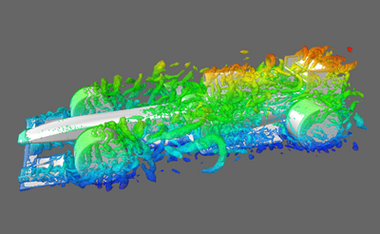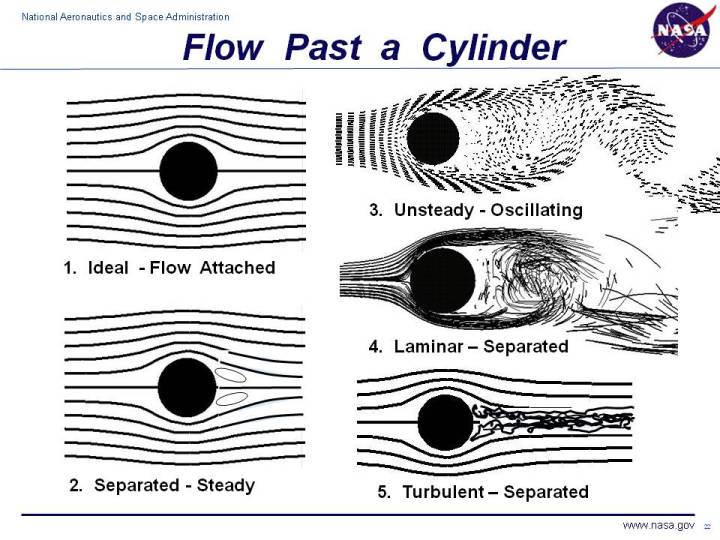Quote:
Originally Posted by litesong

As noted from the discussions above, the Caliber had fairly good aerodynamics from the roofline back to the the rear end. However, good aerodynamics on the roofline & rear only affect the air on the roofline & rear. But, poor frontal aerodynamics affects badly the aerodynamics over the whole vehicle. What made the Caliber (& all other blunt nosed vehicles) aerodynamically such a standout mess (drag coefficient 0.37) was the front end.
|
Wrong.
The egg car is not an individual body, you need to look at the two front wheels (
and rear wheels) as independent bodies moving though the air and add them into the total drag calculations. Those wheels are all drag past the top/mid point and as wide as they come.
I suggest you study a CDF image of an Indy/F1 car to picture it.
Aerodynamics of F1

Quote:
|
Computation of a Formula 1 meeting with the 2010 regulations (Added by SEAS)
|
To hit the second and perhaps more obvious issue with the egg-car is the large rounded rear corners. The air does not have a clean sharp edge to release from and will buffet and whip tremendously - this represents energy lost to the forces of drag.
Again, clean air attachment and clean air release (
in a convergent vector preferred) are low drag. Conversely, lack of air attachment and indeterminate release points caused by trailing edge curves typically cause greater drag.
Clean trailing edge - example 1:
https://www.hotrod.com/articles/hdrp...o-tricks-tips/

From that same website:
Quote:
Ground Effects and Diffusers
Even the best air dam can’t fully remove the effects of tires, whichcause over 40 percent of an open wheeler’s total drag. Even on afendered car, the wheels and tires remain a major lift and drag source.The tires’ rolling resistance makes up a component of drag, and thisresistance increases at higher speeds. Air accelerating over the top ofa spinning wheel reduces pressure on its top surface, creating lift.Tires also add to the frontal area, but no one wants to trade off thestickiness of wider tires for more aero-efficient skinny tires–unlessthey’re racing Bonneville. But you can run the tires at higher inflationpressures to reduce rolling resistance, enclose them in fenders, and getair out of the fenders as efficiently as possible. If there are no rulesto obey, bulge out the fronts of the fenders, and tuck in the rearsslightly.
|
https://www.totalsimulation.co.uk/co...3d-scan-tyres/

Quote:
|
Wheel drag contributes to up to 30% of the overall drag for open-wheel vehicles................
|
Think like the wind, think like the wind................................
https://www.nasa.gov/ames/image-feat...t-landing-gear
 https://forums.hybridz.org/topic/83925-drag-and-shape/
https://forums.hybridz.org/topic/83925-drag-and-shape/
 https://www.grc.nasa.gov/www/k-12/ai...ragsphere.html
https://www.grc.nasa.gov/www/k-12/ai...ragsphere.html

 https://slideplayer.com/slide/7702185/
https://slideplayer.com/slide/7702185/
